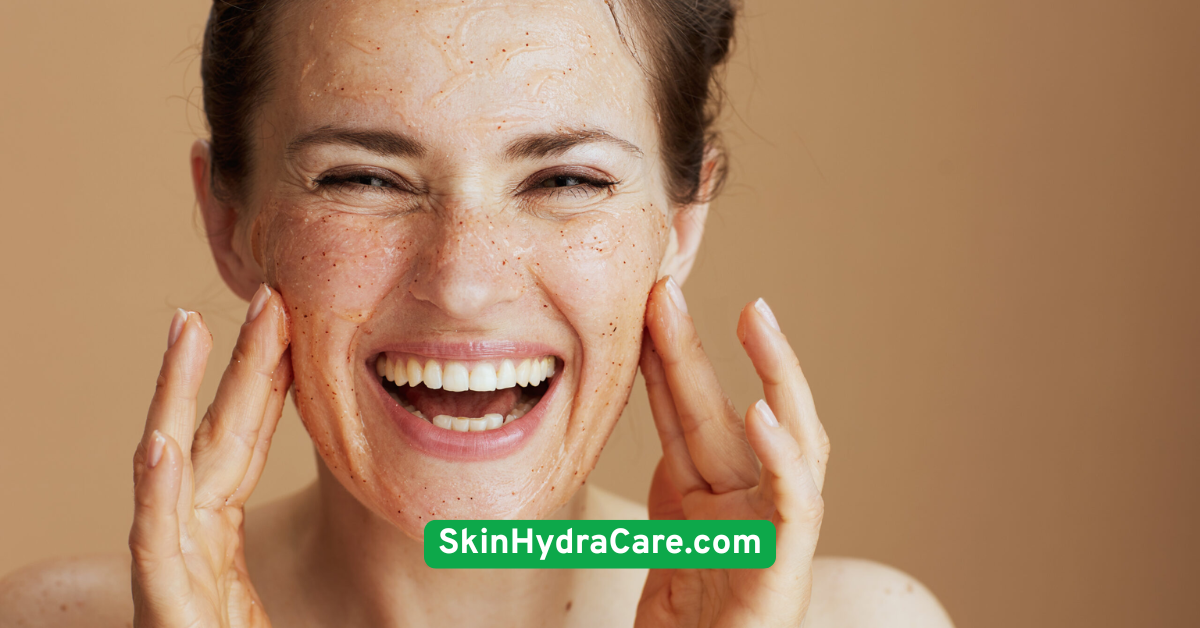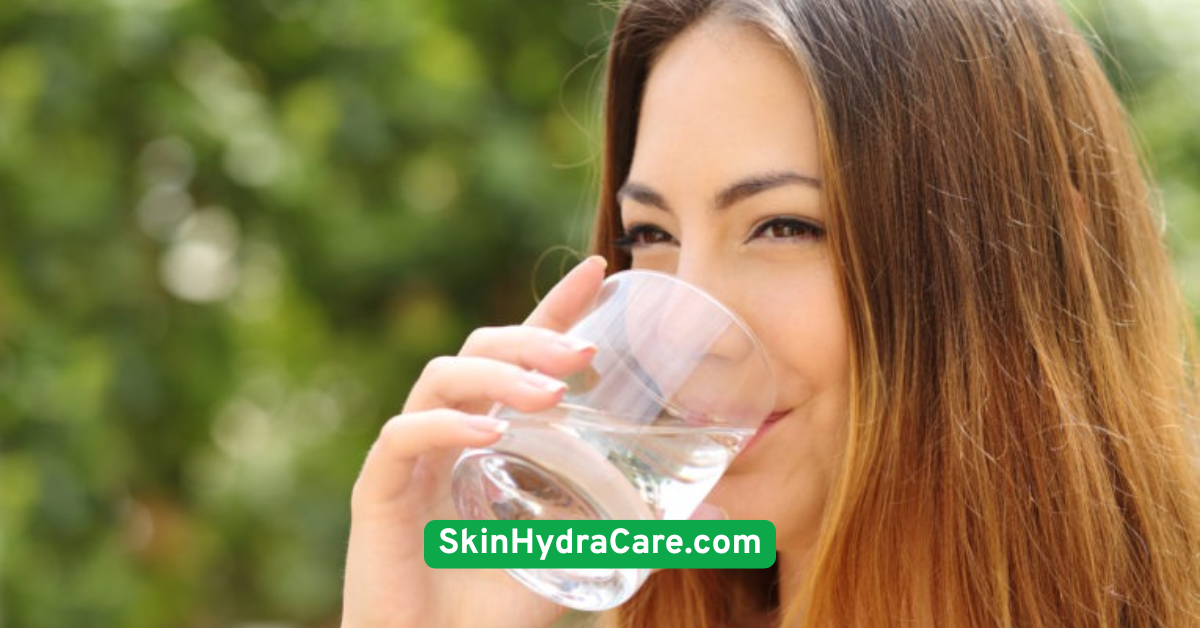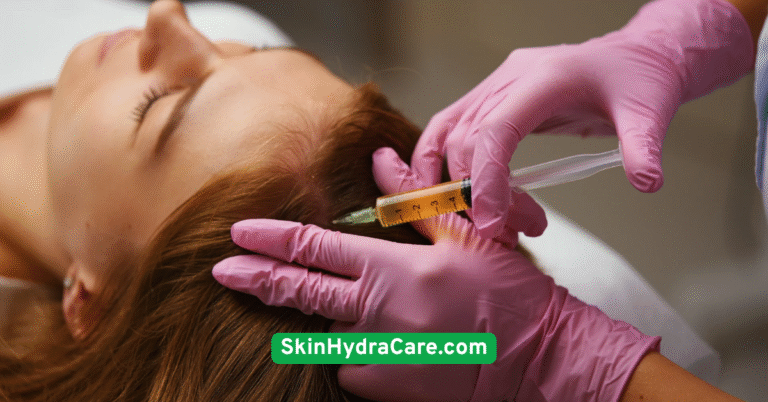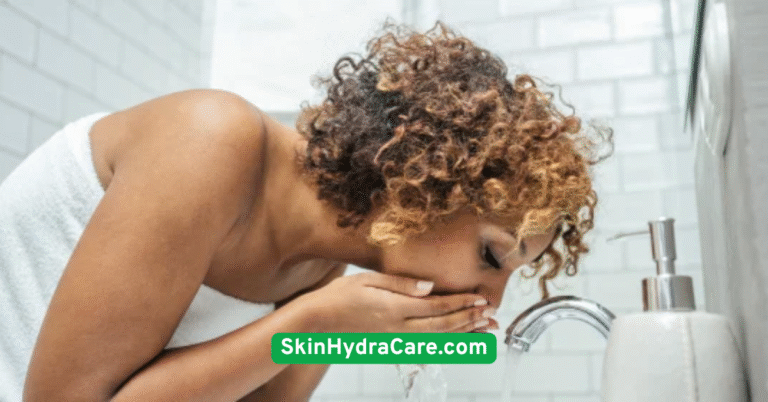12 Restorative Skincare Tips for Lasting Hydration

1. Start with a Hydrating Cleanser
Cleansing is the foundation of any skincare routine, but harsh cleansers can do more harm than good. Many traditional formulas strip your skin of its natural oils, disrupting the moisture barrier. If your face feels tight after washing, it’s a red flag.Switch to a hydrating facial cleanser that includes ingredients like glycerin, ceramides, or hyaluronic acid. These help retain moisture while effectively removing dirt and oil. Look for a low-foaming or creamy formula that supports your skin’s pH balance.Cleansing twice daily—once in the morning and once before bed—preps your skin for moisture-rich products. Remember, your skin doesn’t need to feel squeaky clean—it should feel fresh and comfortably soft.

2. Apply Products on Damp Skin
Applying skincare on damp skin can significantly improve product absorption. Think of your skin like a sponge: it soaks up more when it’s slightly moist. This simple tweak can boost hydration levels without costing a penny.After cleansing, gently pat your face with a towel but don’t dry it completely. Then immediately apply your serum or toner. This method helps lock in water and ensures your skincare ingredients work more effectively.Using a facial mist or thermal water spray before applying heavier products can also help seal in hydration. It’s an effortless step that makes a big difference.

3. Layer Lightweight to Heavy Products
Skincare layering is an art and science. Applying products in the correct order helps each one perform better. The general rule? Start with the lightest textures and move toward thicker ones.Begin with water-based serums (like hyaluronic acid), followed by moisturizers and finally, oils or barrier creams. Lightweight ingredients penetrate deeper, while heavier products act as seals to lock in moisture.A good layering routine not only improves hydration but also enhances your overall skincare results. It ensures nothing goes to waste and your skin benefits from every drop.

4. Use a Hydrating Toner or Essence
Gone are the days of alcohol-laden toners that dry out the skin. Modern hydrating toners and essences are packed with skin-loving ingredients like aloe vera, panthenol, and snail mucin.These products act as a prep step, helping your skin absorb subsequent products more efficiently. They also offer an immediate hydration boost—perfect for dull, tired skin.Apply using your hands rather than a cotton pad to reduce waste and get maximum product benefit. Gently pat it in for better absorption and a calming ritual.

5. Incorporate a Hyaluronic Acid Serum
No hydration routine is complete without hyaluronic acid. This powerhouse ingredient holds up to 1000 times its weight in water and is essential for plump, dewy skin.Opt for serums with multiple molecular weights of HA to reach different layers of your skin. Apply it on damp skin and follow with a moisturizer to trap the moisture in.Be mindful—HA without a sealing layer can sometimes pull moisture from your skin. That’s why it should never be your final step.

6. Seal in Moisture with a Barrier Cream
Your skin barrier is its natural defense against environmental aggressors. A strong barrier means better moisture retention. Barrier creams and occlusive moisturizers like petrolatum, squalane, or shea butter form a protective layer.These creams are especially useful at night when skin goes into repair mode. They prevent transepidermal water loss, keeping hydration locked in while you sleep.Even if you have oily skin, don’t skip this step. Choose non-comedogenic formulas that hydrate without clogging pores.

7. Avoid Over-Exfoliating
Exfoliation is important for removing dead skin cells, but too much can strip your skin’s natural moisture. If your face feels raw, sensitive, or tight post-exfoliation, it’s a sign you’re overdoing it.Limit physical exfoliation (like scrubs) to once a week. Chemical exfoliants like lactic acid or PHA are gentler and hydrate while resurfacing the skin.Always follow exfoliation with a deeply hydrating moisturizer or mask to replenish what’s been lost.

8. Choose a Hydrating Mask Weekly
Think of a hydrating mask as your skin’s weekly therapy session. These treatments deliver concentrated moisture and soothe irritation. Whether it’s a sheet mask soaked in beta-glucan or a sleeping mask with aloe vera, the options are endless.Using a mask once or twice a week boosts your hydration levels and can visibly improve skin texture. Look for masks with niacinamide, honey, and panthenol for extra nourishment.Consistency is key. Make masking a self-care ritual you look forward to!

9. Humidifier: Your Skin’s Secret Weapon
Indoor environments—especially those with heaters or air conditioners—can wreak havoc on your skin. Enter: the humble humidifier. This underrated gadget adds moisture to the air, helping your skin stay hydrated without lifting a finger.Place a humidifier in your bedroom and let it run overnight. You’ll wake up with softer, more supple skin. It’s especially helpful during the colder months.Choose a cool-mist version and clean it regularly to avoid bacteria buildup. Your skin will thank you.

10. Drink Water (But Don’t Rely on It Alone!)
Yes, hydration starts from within, but drinking water alone won’t magically moisturize your skin. Still, staying well-hydrated supports overall skin health.Combine water intake with foods rich in omega-3 fatty acids, vitamin E, and zinc—all essential for maintaining skin moisture. Think cucumbers, chia seeds, avocados, and salmon.Use internal hydration as a complement to topical care for a full-circle approach to healthy skin.

11. Switch to a Hydrating Eye Cream
The skin around your eyes is thinner and more delicate, making it prone to dryness. A dedicated hydrating eye cream can plump, soothe, and prevent fine lines.Look for ingredients like caffeine, peptides, and hyaluronic acid in your eye cream. Apply gently with your ring finger to avoid tugging.This small but impactful step often gets overlooked. Don’t skip it—your under-eyes deserve love too!

12. Adjust Skincare with the Seasons
Just as your wardrobe changes with the seasons, so should your skincare. Winter air tends to be dry and harsh, while summer humidity can increase oil production.During colder months, opt for heavier creams and occlusives. In warmer months, lightweight gels and hydrating mists might be more appropriate.Listen to your skin and adjust accordingly. Seasonal tweaks can prevent common hydration issues before they start.

Conclusion
Lasting hydration isn’t a one-size-fits-all solution—it’s a series of intentional choices. Whether you’re starting with a hydrating cleanser or investing in a trusty humidifier, each of these 12 restorative skincare tips is a step toward a more radiant, resilient you.
The beauty of this routine? You don’t need expensive products or complex steps. With consistency and care, your skin can glow from within. Start with just a few changes today, and in a few weeks, your reflection will thank you.





